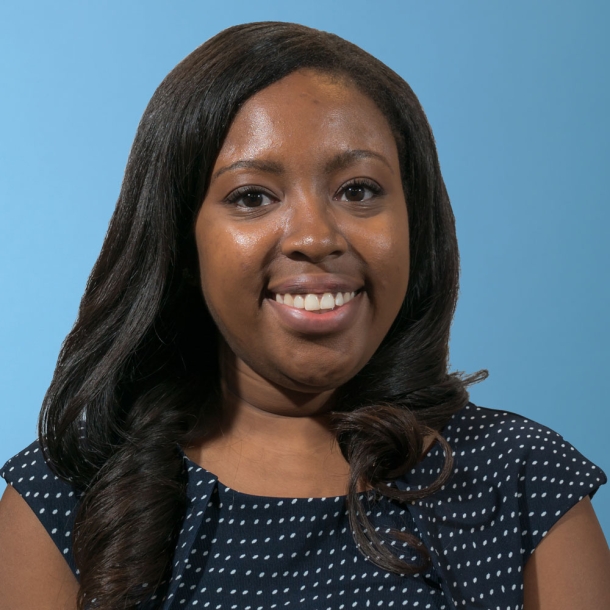CDC Revises Guidance Defining COVID-19 Exposure Following Release of Morbidity and Mortality Weekly Report
Author

Blaire Bryant

Brett Mattson
Upcoming Events
Related News

Key Takeaways
On October 21, the Centers for Disease Control and Prevention (CDC) published a Morbidity and Mortality Weekly Report (MMWR) detailing new revelations regarding the transmission of COVID-19 in jails and other congregate settings. In response to the MMWR, the CDC revised its guidance for Community-Related Exposure to expand the definition of what is considered to be a close contact. The new guidance has significant implications for counties as they work to ensure the health and safety of justice-involved individuals during this public health emergency.
The MMWR describes a correctional facility employee who tested positive for COVID-19 following 22 interactions with six infectious, justice-involved individuals for a total of 17 minutes during an 8-hour shift. Some of the interactions occurred when the infected individuals were not wearing face masks, while the employee wore personal protective equipment (PPE) during all interactions.
The situation described in the MMWR is particularly relevant to counties, as we serve as the entry point into the criminal justice system. Counties operate 91 percent of the nation’s jails, where 10.6 million individuals cycle in and out of the more than 3,000 local jails each year. A recent study by the National Academies of Sciences, Engineering, and Medicine found that as of August 2020, COVID-19 rates among incarcerated people were nearly five times higher than in the general population and three times higher among correctional staff. Ensuring the safety of all individual’s involved with the criminal justice system – particularly in densely populated facilities such as jails – poses a significant challenge for counties during the COVID-19 outbreak.
Following the publication of the MMWR, the CDC revised its guidance to define a close contact as someone who was within six feet of an infected person for a cumulative total of 15 minutes or more over a 24-hour period, beginning two days before illness onset. The CDC previously defined close contact as someone who was within six feet of an infected person for at least 15 consecutive minutes.
To tackle the spread of the virus, sheriffs and jail administrators are providing PPE and enacting measures to implement social distancing in correctional facilities, such as suspending programming and gatherings for individuals in custody and restricting movement between cell blocks. Many county jails have suspended in-person visitation and use phone or video conferencing to conduct necessary visits. Additionally, some counties have started to depopulate their jails by working with courts to release individuals who are close to their release date or do not pose a threat to public safety.
Addressing the health and safety of justice-involved individuals in custody and county staff in correctional facilities is critical to mitigating the short and long-term effects of the COVID-19 pandemic. The CDC’s new guidance has implications for revising safety protocols in local jails and correctional facilities, with an emphasis on wearing appropriate PPE and implementing social distancing measures.
NACo will continue to monitor federal COVID-19 guidelines. For more information on NACo’s COVID-19 resources, visit our resource hub.
Additional Resources:
- County Responses to the Pandemic: County Jail and Correctional Facilities
- County News: County jails, court systems brace for potential coronavirus spread
- NACo Webinar: COVID-19 Impacts and Innovations Across Justice and Behavioral Health Systems
- Partner Webinar: Releasing People Who Are High Utilizers during the COVID-19 Pandemic

Attachments
Related News

U.S. Department of Agriculture unveils $700 million for regenerative agriculture
On December 10, U.S. Secretary of Agriculture Brooke Rollins announced the launch of a $700 million pilot program to support regenerative agriculture practices across the country.

HHS releases rule repealing federal nursing home staffing mandate, supporting county long term care facilities
On December 2, the U.S. Department of Health and Human Services (HHS) published an interim final rule that repeals the federal nursing home staffing mandate, a regulation that would have required long-term care facilities to meet strict minimum staffing levels.

County officials moonlight in search and rescue roles
For some county officials, participating in search and rescue operations is another way to serve their communities, and make it safer for people to enjoy natural recreation resources.
